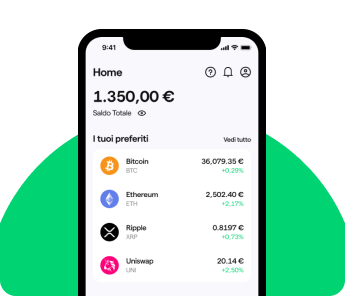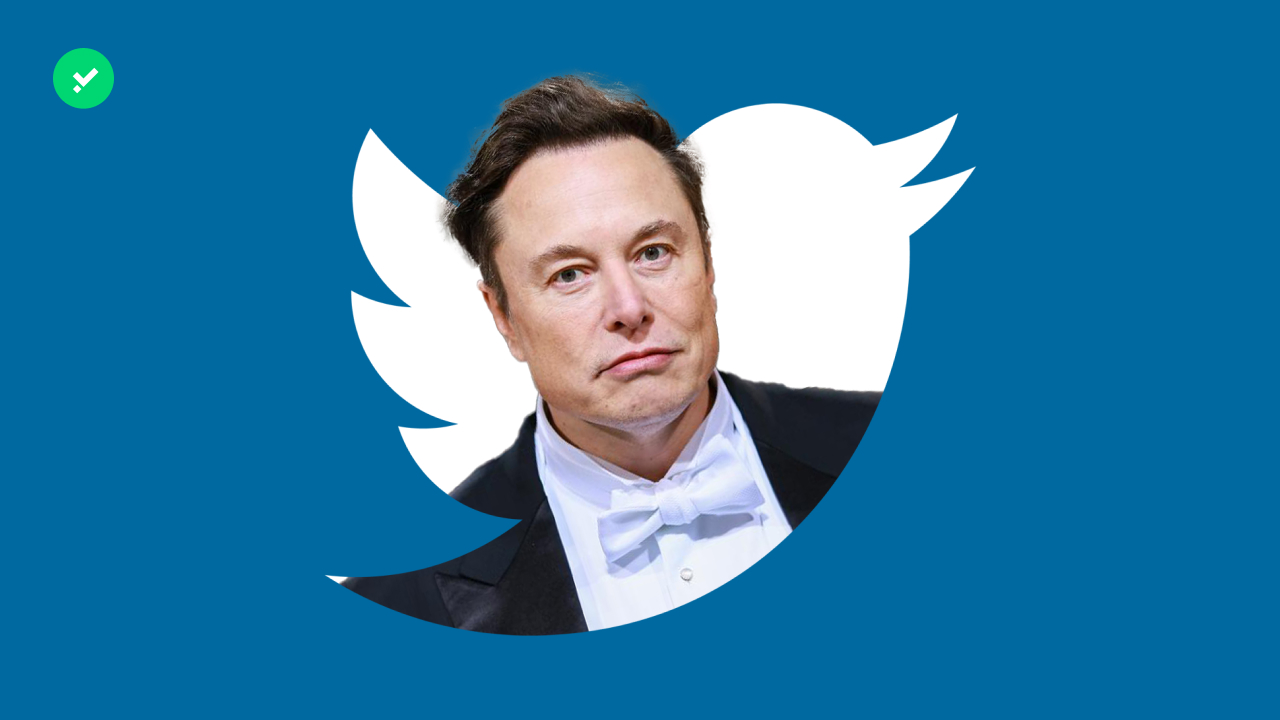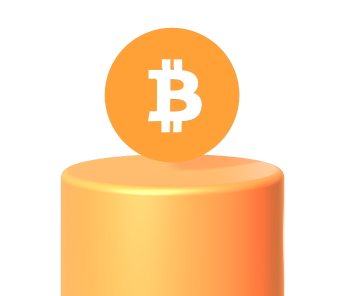What is The Open Network? Discover the Toncoin (TON) crypto blockchain, chosen by Telegram for its Web3 projects!
Among the social networks looking to integrate with the blockchain is Telegram! The messaging service started to develop its decentralised network in 2019. However, due to legal issues it decided to discontinue the project. The Open Network has thus passed into the hands of developers who have built a Proof-of-Stake blockchain that aspires to become a benchmark for dapps. The Telegram team remained committed to The Open Network, to the extent of integrating the Toncoin crypto into the app. Find out what The Open Network is and what Toncoin, Telegram’s cryptocurrency of choice, is for!
What is The Open Network?
The Open Network is a Layer 1 Proof-of-Stake blockchain founded in 2019, also known under its acronym TON. Although the initial idea for the project was developed by Telegram’s team, the messaging app shelved The Open Network in 2020. The development of TON was in fact blocked by the US Securities and Exchange Commission. Now, The Open Network is a community-driven blockchain, reborn through the efforts of its developers, via the TON Foundation.
Telegram vs. SEC lawsuit over Gram’s crypto ICO
In 2019, the Telegram team, led by brothers Pavel and Nikolai Durov, began exploring blockchain solutions for the messaging app. Thus, in 2019, the first testnet of The Open Network was launched with an ICO of the network’s crypto, which was then called Gram. On this occasion, the SEC opened an investigation to verify that Telegram had not sold the Gram crypto without authorisation as if it were a security. After several legal battles, applying the Howey test, the SEC ruled that Gram’s purchasers reasonably expected profits to be derived from the company’s entrepreneurial efforts and that Gram’s was therefore an unauthorised sale of securities. The lawsuit stopped the distribution of Gram. Telegram was ordered to pay a fine to the SEC of $18.5 million and to return $1.2 billion to those who had participated in the ICO.
At this point, we are in 2020, Telegram decides to abandon the project. In a post, Pavel Durov expresses his displeasure at the outcome, sarcastically pointing out that the United States has the power to decide not only whether a coin can be distributed in its home state, but also worldwide: ‘perhaps even more paradoxically, the US court has declared that Grams cannot be distributed not only in the US, but globally. Why? Because, according to the court, a US citizen could find a way to access the TON platform after its launch. Therefore, in order to prevent this from happening, Gram crypto should not be distributed worldwide, even though every other country on the planet seems to be perfectly OK with TON’.
The Open Network: blockchain reborn thanks to community
After Telegram left the scene, the project was taken over by the developers themselves. From the original core of TON, two parallel projects were born, one of which kept Telegram’s way via the TON Foundation: ‘a decentralised community started by Anatoliy Makosov and Kirill Emelyanenko after Telegram walked away from the project’.
The second project born from the ashes of Telegram’s crypto experience is FreeTON, which is now called Everscale, another Layer 1 Proof-of-Stake blockchain. Everscale works mainly on scalability, with over 200 secondary and parallel chains processing transactions together.
The restoration of The Open Network blockchain began in January 2021. After ten months, the blockchain was brought back to life with the basic infrastructure and tools. In November 2021, The Open Network was inaugurated and during 2022, the efforts of the developers were concentrated on providing The Open Network with the appropriate technology and security. Most of the assets and services on the network were created this year: tokens, non-fungible tokens, staking, domain names, marketplaces, multifunctional wallets, DEX and other decentralised finance services. TON also has two bridges, one on Ethereum and one on the Binance Smart Chain. The network’s native crypto is no longer called Gram but Toncoin (TON) and is used to pay fees to execute smart contracts, to use dapps, to participate in governance, and to be staked and contribute to the consensus mechanism. To date, The Open Network is operational with 200 validators and has 1.4 million accounts.
Toncoin (TON) has become Telegram’s cryptocurrency
Although Telegram is no longer actively involved in The Open Network, TON still remains linked to the app. The crypto TON has become Telegram’s crypto. Thanks to Wallet Bot developed by Telegram’s developers and launched in April 2022, it is possible to buy TON and send crypto to users via chat and without fees. With Wallet Bot, it is also possible to buy cryptocurrencies with a credit card and perform peer-to-peer transactions.
The Open Network is also used by Telegram for its ‘TON domain name service’. Via the Fragment platform, users can buy crypto TON names for Telegram in the form of non-fungible tokens, names that are in effect NFT domains. The biggest sale was of the Telegram name @news, bought on the 18th of November for 994,000 TON (almost $2 million). This was followed by @auto at 900,000 TON and @bank at 850,000 TON.
Like any NFT domain, a telegram name grants exclusive ownership of a username and a digital identity.


















